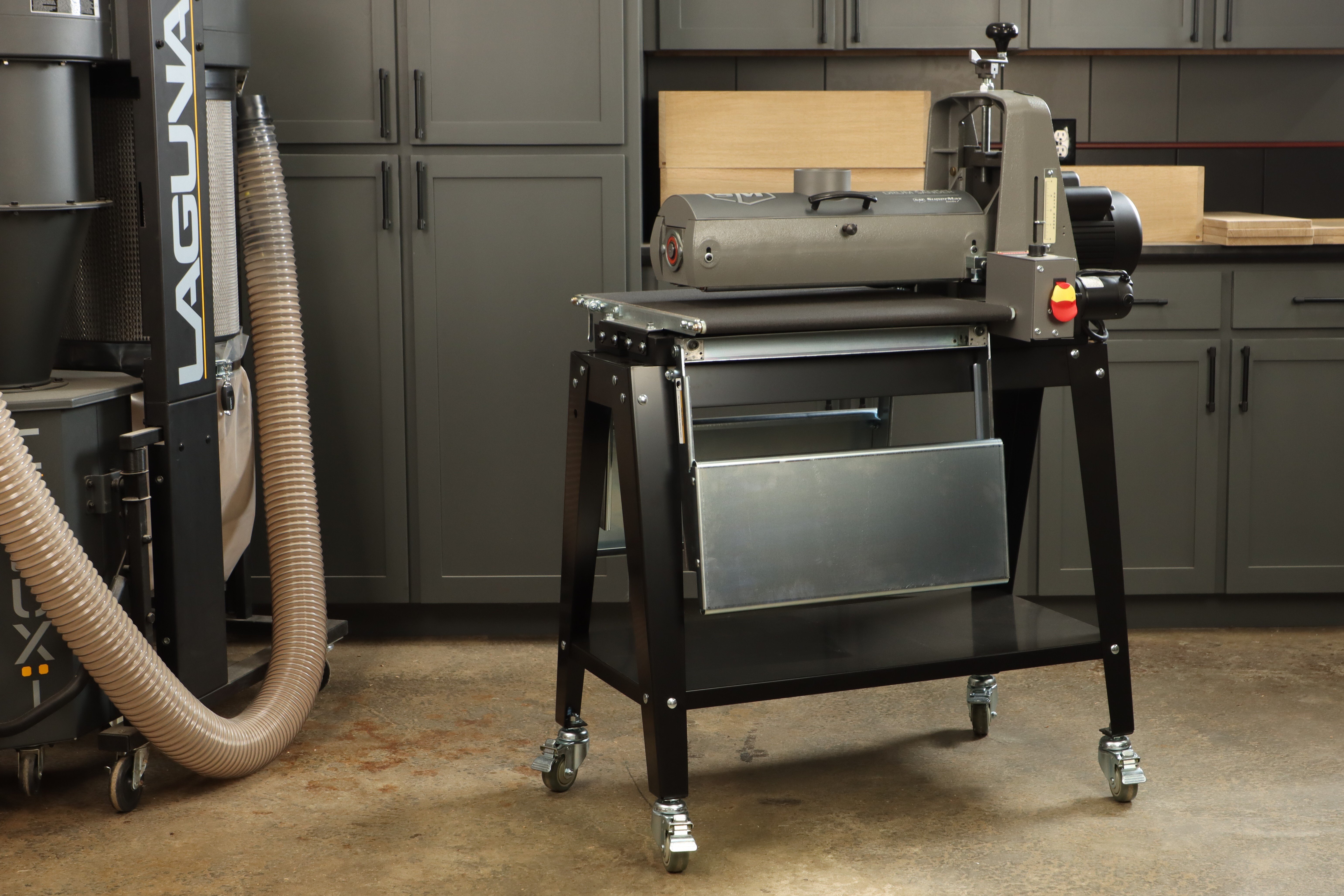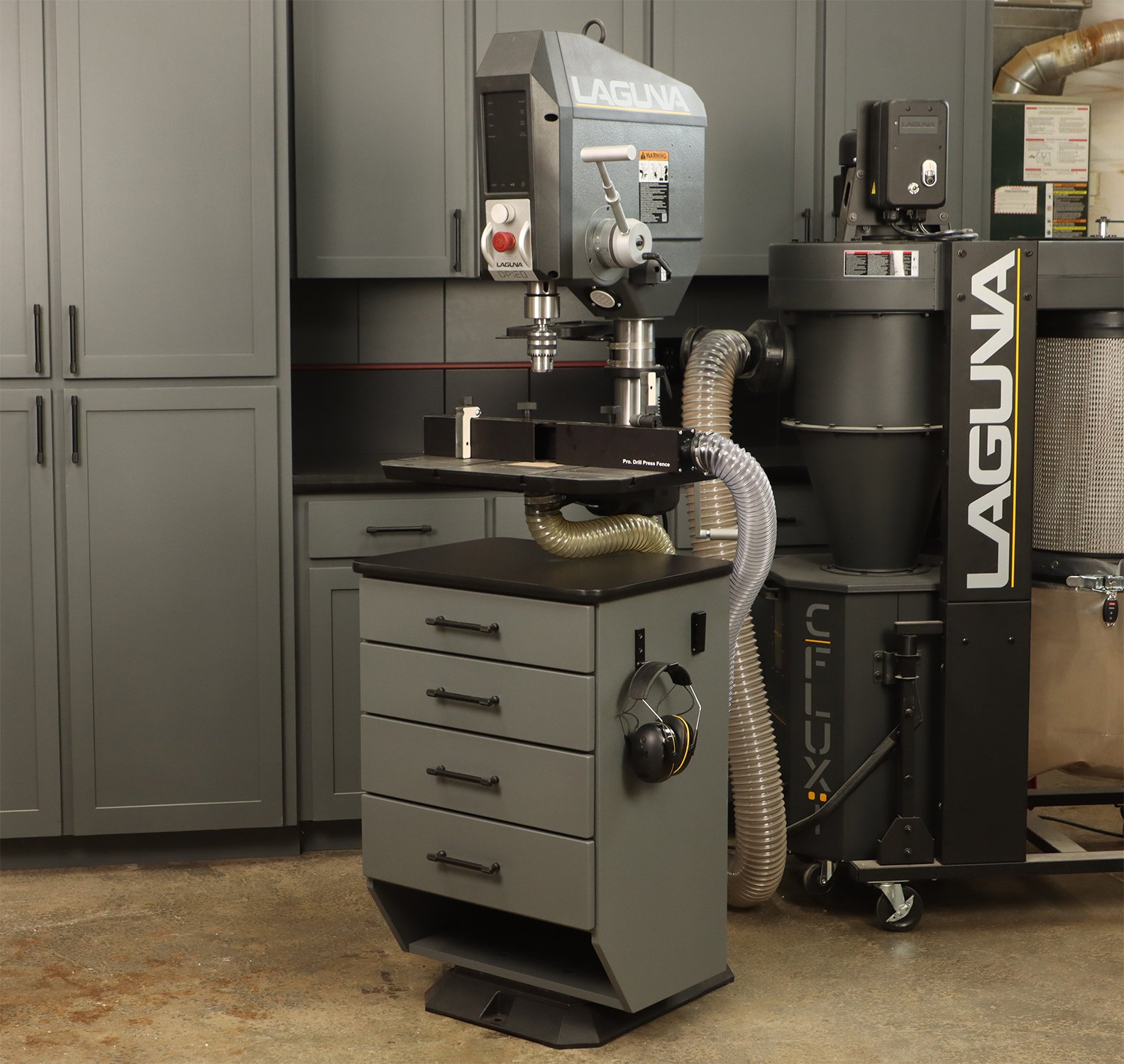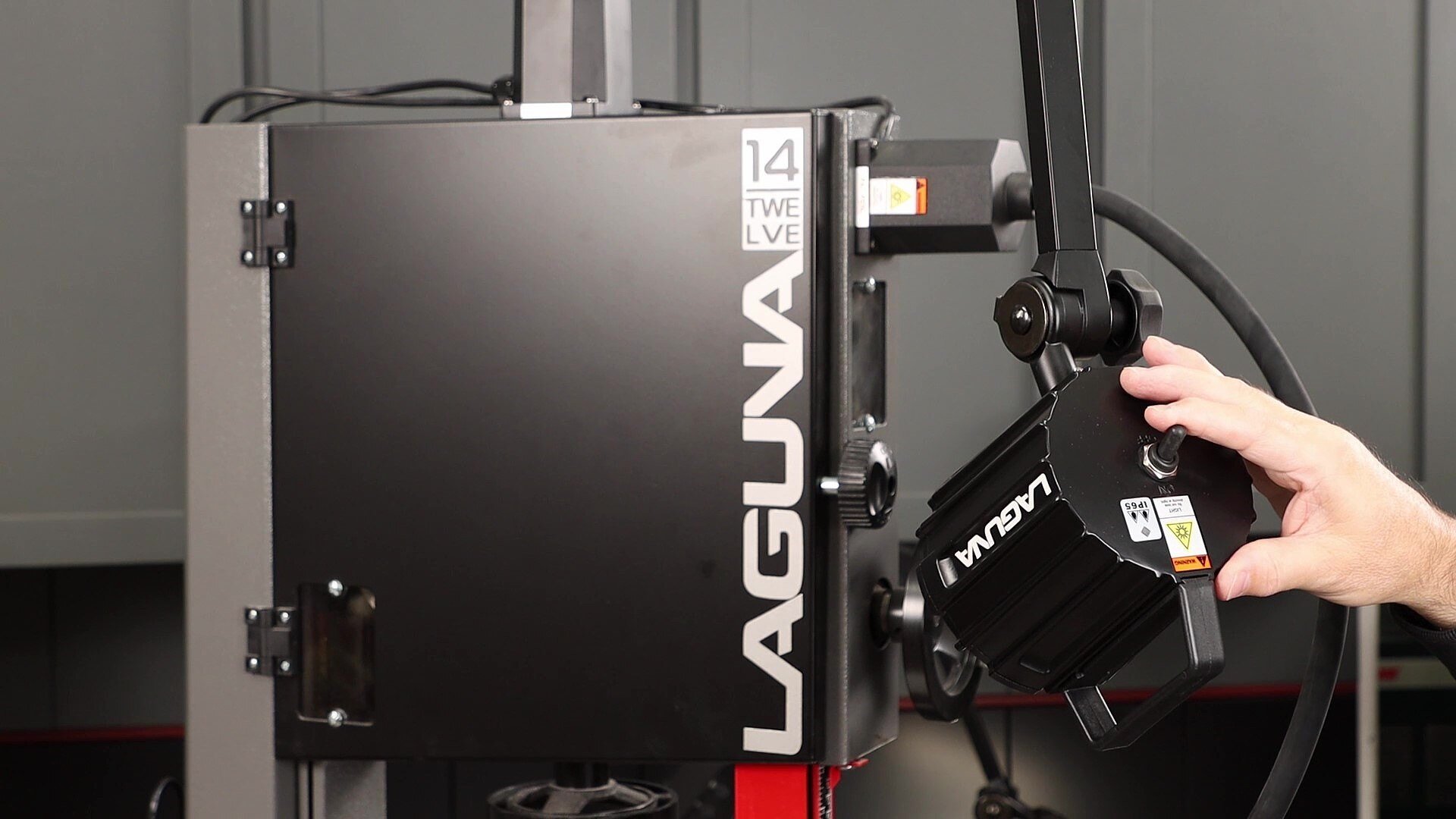A 14” bandsaw is right in the sweet spot for many woodworkers, providing enough capacity and power to tackle nearly any task, ranging from resawing bookmatched door panel stock to roughing out large salad bowl blanks. A popular choice in this tool category is the Laguna 14bx, which offers two optional motor configurations: 1.75 HP 110V or 2.5 HP 220V.
After doing a ToolMetrix Deep Dive video on these saws where I examined the capabilities of the 14bx design, I received a number of questions regarding the specific differences between the two motor options.
Questions such as “Will I notice an actual power difference between the two saws?”, “Do the two options actually use the same motor, just wired differently?”, and “How do I choose between the two options?”
So I ran a series of tests to understand the differences so that I could articulate them for people who are in the market for a new saw.
“Do the two options actually use the same motor, just wired differently?”
Some power tools come with a single motor that can be wired for either 110- or 220-volt power, and in those situations it is unlikely that you will notice a tangible difference in power when rewiring to use 220-volt power.
In those situations, the options are made available simply to accommodate the wiring situation that a user might have available in his or her shop.
The two 14bx configurations, however, actually utilize two distinctly different motors. The 2.5 HP motor is physically larger and heavier than the 1.75 HP motor, and more powerful.
"Will I notice a power difference between the two saws?”
Although the 2.5 HP motor is clearly more powerful, the answer to this experiential question is “it depends”. Assuming that you are using the same blade on each saw, you might not notice any difference under certain circumstances.

For example, if you were making curved cuts on 1” stock, you would not be taxing the motor on either saw, and it’s unlikely that you would notice any difference in performance.
That would be kind of like driving a muscle car with a tricked-out motor: if you aren’t pushing it, you won’t notice any difference over the stock Buick “grocery grabber”.
Now, if you want to feel the difference, tip that 1” board on its edge and resaw it. If the board is 3” wide, you might notice the difference. At 9” wide, you WILL notice the difference, and at 13” wide, the performance difference will be over 200% in favor of the 2.5 HP option.

How do I choose between the two options?
When it comes to choosing, you can see from above that performance is a key factor. If you do a lot of bowl turning and use a bandsaw to rough out your blanks, then the bigger motor will be a great advantage. Or if you find that you do a lot of resawing, particularly with wider stock, then you will enjoy the additional power.
Electrical requirements are also a consideration. A lot of shops do not have 220V power available. In that case, the 110V saw provides a nice option. You will want a 20-amp circuit available for the saw if you operate it on 110V.
In other scenarios, it will be more important to keep the total amperage draw in the shop at a lower level. In that case, the 2.5 HP option will be a better way to go because it draws fewer amps during operation.
Bottom line
If you have 220V power available in your shop, or if you can add it without too much hassle and expense, you will not regret going with the 2.5 HP option. If you don’t have 220V, or just want the flexibility of being able to plug the saw into any 110-volt 20-amp circuit, then the 1.75 HP option gives you that flexibility.
Paul Mayer is a guest blogger. He operates under the name "ToolMetrix" (because of his passion for detailed tool analysis) and his work can be found on his:

YouTube Channel: (youtube.com/c/ToolMetrix)




